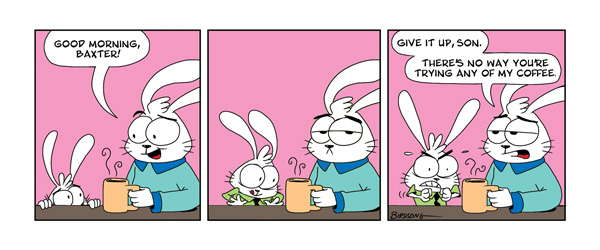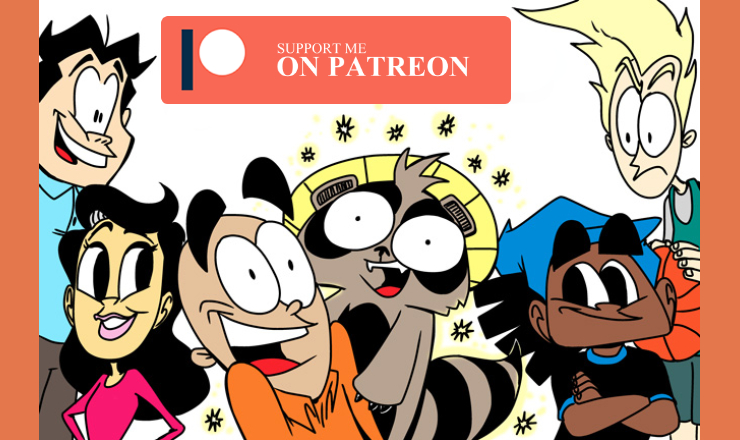One more thing about the coronavirus to worry about
/There’s more to fear than getting sick.
The Coronavirus is undoubtedly something to fear, and I send my condolences to the families of those with loved ones who have passed away.
With the virus spreading like crazy, travel bans spreading even faster, and the news media blowing it up to epic proportions, I'm concerned about another sickness that may develop. One that could affect us mentally.
The fear of Asians. Not just people of Chinese descent, but all Asians.
This virus is not an excuse to be racist or xenophobic.
But you know people will be anyway.
With famous thinkers like Bill Gates sharing his belief that pandemics are one of the biggest threats to humanity, we're all left shaking in our boots and could possibly be afraid of any Asian person we think might have the virus.
As an African-American with a Japanese wife, I ask you to please keep an open mind. Don't use this as an excuse to show prejudice or hate towards Asian people.
I hate to lump everyone together, but I know a large portion of Americans, especially, will. I'll admit, before my two years living in Japan, it was difficult telling the difference between people from various countries in Asia.
What will someone with very little exposure to Asian people believe?
I’m afraid most Americans will think a Korean person is Chinese. Or, see a Japanese person—wearing a mask only because they have a common cold and do not want to spread it to others—and assume they have the virus.
When you're all wound up in reacting to the "CORONAVIRUS: The End Is Nigh!" news coverage, it might make you say and do cruel things.
Considering the symptoms that originated in the city of Wuhan, China is similar to the common cold or flu—coughing, fever, runny nose—makes it easy to judge others out of fear.
Yes, a fear of contracting something that could make you drop dead within a few weeks. But if this spreads throughout America, you might feel suspicious of your next-door neighbors and people on the street. You could refuse to see them or walk around or away from an Asian person because you want to "stay safe.
Is this fear mainly because the virus originated in China?
What would happen if there were a Switzerland Coronavirus outbreak taking the world by storm? Imagine you're watching videos on TV of blonde-haired Caucasians walking around with masks and hearing about hundreds of people dying in Europe. Would you feel as scared of all the white folks you see on the street?
If you're white, how would you feel if an Asian person saw you on the street and immediately crossed to the other side, scared of possibly breathing in a virus?
Imagine if an outbreak occurred in Mexico, and in turn, we all think it's ok to be afraid of getting a virus from any Hispanic person we see? You get where I'm going.
We should all be informed and safe but also remember our connection to each other as human beings. Be compassionate enough to understand that real people are passing away, the virus is spreading. Still, it doesn't make one race better or worse than another.
It doesn't give any of us a good reason to treat others with disrespect.
We are all one. Don't let fear spread a virus of hate.


























